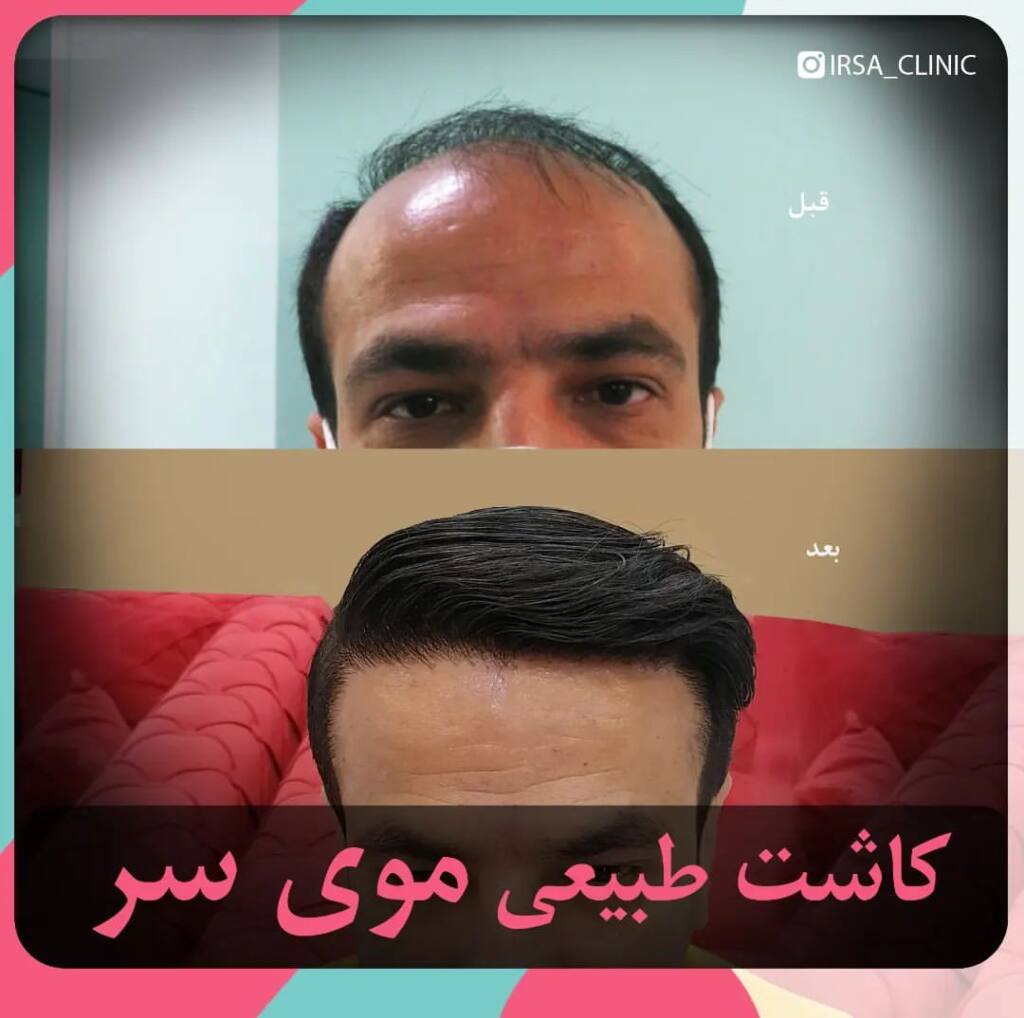
Is tattoo removal effective on all skin types?
Laser tattoo removal in Iran
Laser tattoo removal is a great solution for unpopular tattoos, but people with dark skin may wonder if laser tattoo removal works for them. For more information on how lasers work in tattoo removal and whether they can remove pigments from all types of skin, stay with us in the rest of this article.
What is tattoo removal?
Tattoo removal works by using a high-intensity light beam to break up tattoo pigments. At Irsa Clinic, we remove tattoo ink using the most innovative medical laser technology available. These high-tech lasers use focused beams of light that penetrate the skin and break the tattoo ink into tiny particles that the body can get rid of through the immune system.
The easiest color to remove is black because the pigment in dark tattoos absorbs all laser frequencies. Highly pigmented tattoos may require more specialized lasers, such as the Pico, that optimally target unwanted pigments for optimal results.
Tattoo removal on dark skin
We are often asked the question, “Does tattoo removal work on dark skin as well as light skin?”. It is a common misconception that tattoos on dark or black skin are more difficult to remove or that the scar is more noticeable.
However, as a result of research, it has been discovered that laser tattoo removal is also effective for most clients with darker skin. The thing is, people with lighter skin may experience the benefits more quickly because the laser can target the darker ink pigment in skin with lower levels of melanin.
The danger of tattoo removal in dark skin
The risks and negative effects of laser tattoo removal are the same whether you have light or dark skin, regardless of skin color. These symptoms are signs that your immune system is starting to heal, so don’t worry if you experience any of them.
However, the following may happen more often to people with darker skin:
• Hyperpigmentation: tattoos can be removed using pulses with different wavelengths of light. Hyperpigmentation may occur if the skin’s natural pigment, melanin, is altered. Hyperpigmentation is when skin spots become darker than the surrounding area. In some cases, these discolorations will fade on their own over time, and you can also apply makeup to make them look more natural.
• Hypopigmentation: The opposite of hyperpigmentation, a lighter area appears where the tattoo has been removed because your skin’s natural pigment has been lost. On darker skin, this color difference can appear more intense than it is. It may take months or years to restore skin color, but the end result will be much better than the original tattoo.
• Keloid scars: Despite their rarity, these side effects are sometimes associated with tattoo removal. Usually, keloid scars appear as raised and thickened tissue at the site of the scar, around the old tattoo.
Conclusion
Tattoo removal can be done by using a high-intensity light beam to break up the pigment in the tattoo you wish to remove. Tattoo removal with the pico machine is the best method for those who have colored tattoos. Laser tattoo removal also works for most clients with darker skin.
The risks and negative effects of laser tattoo removal are the same whether you have light or dark skin, although people with darker skin may be more affected by hyperpigmentation, hypopigmentation, and keloid scarring.
Find the most reputable clinic near you and arrange a free consultation with one of our trusted dermatologists to discuss how tattoo removal can work for you.
Visit a dermatologist
If the problem of eyelash loss is severe, it is recommended to consult a skin and hair specialist. They can introduce you to specific tips and products to solve this problem.
Get your free consultation with Irsa team right here
WhatsApp: 00989170626693
Email: irsaarabic@gmail.com
www.youtube.com/@irsaclinic
www.facebook.com/irsaclinic
Also read:
Applications of fractional CO2 laser






